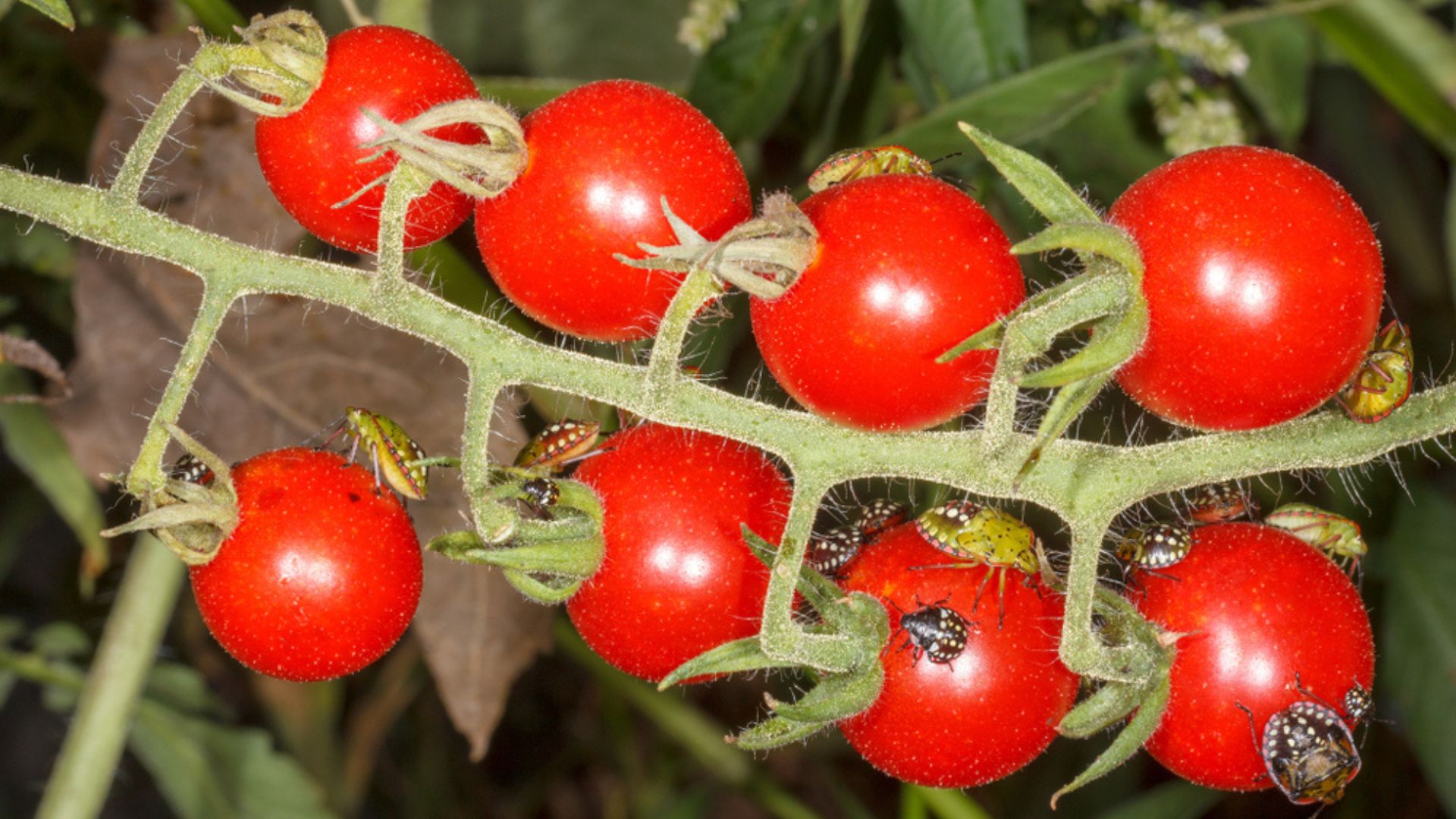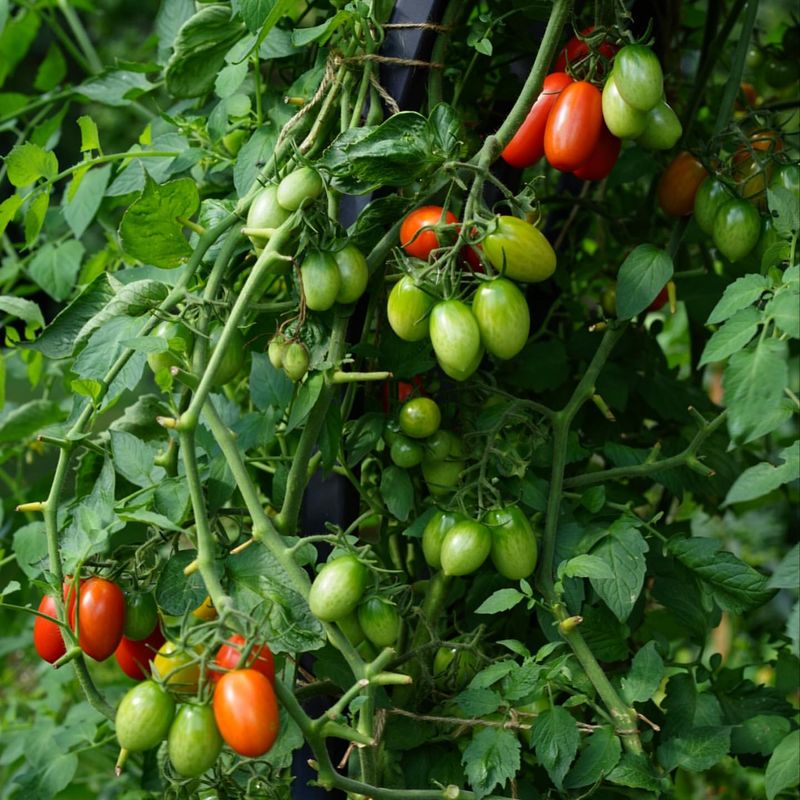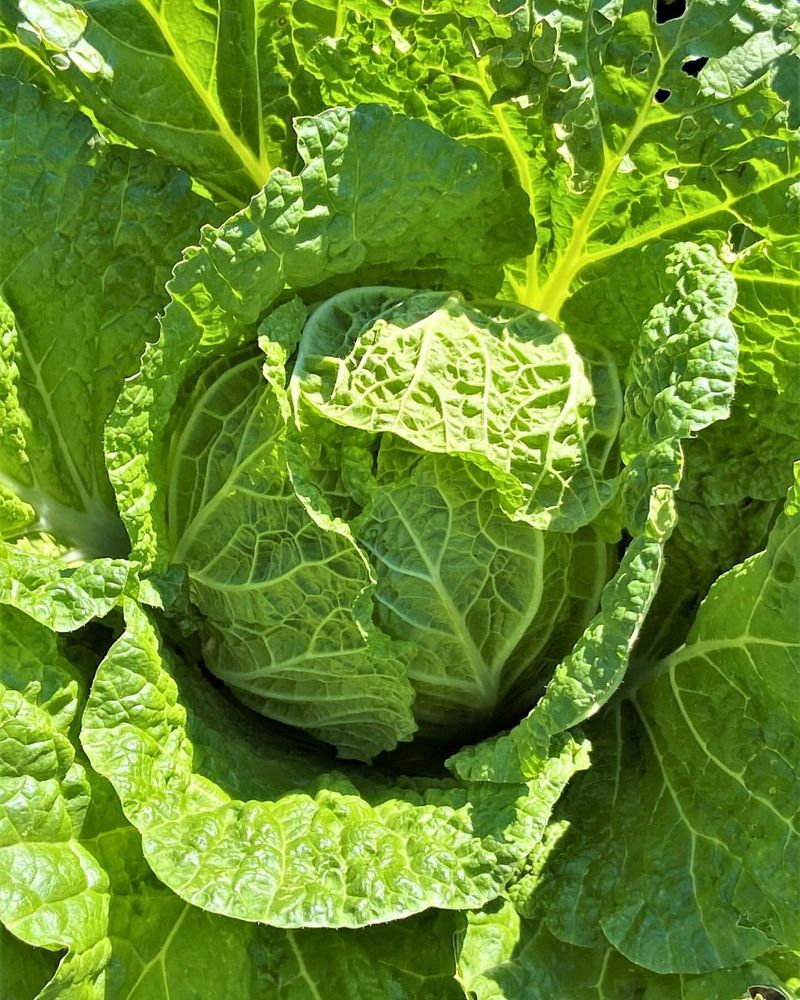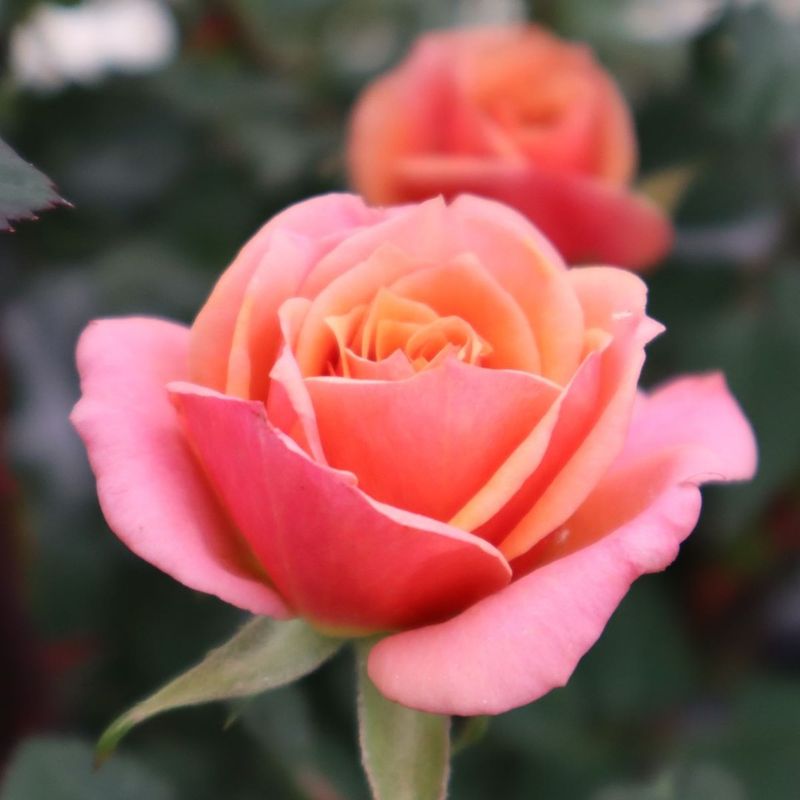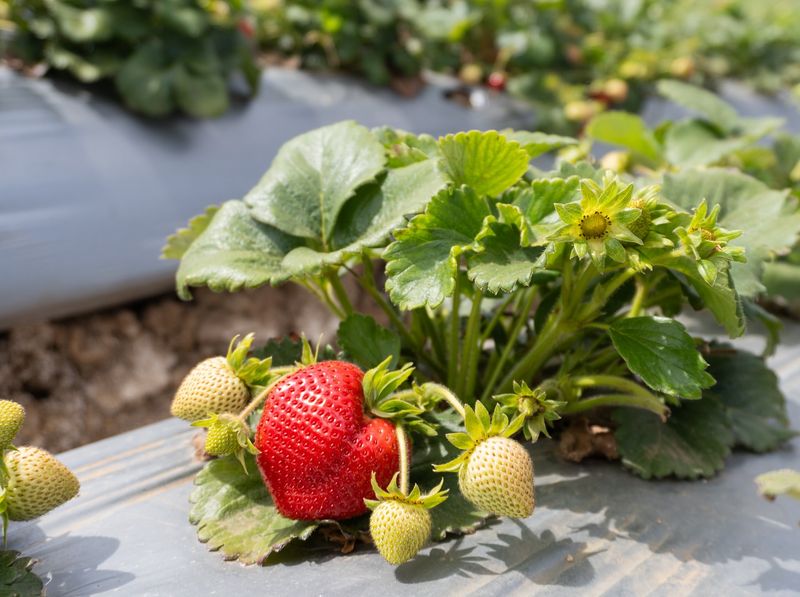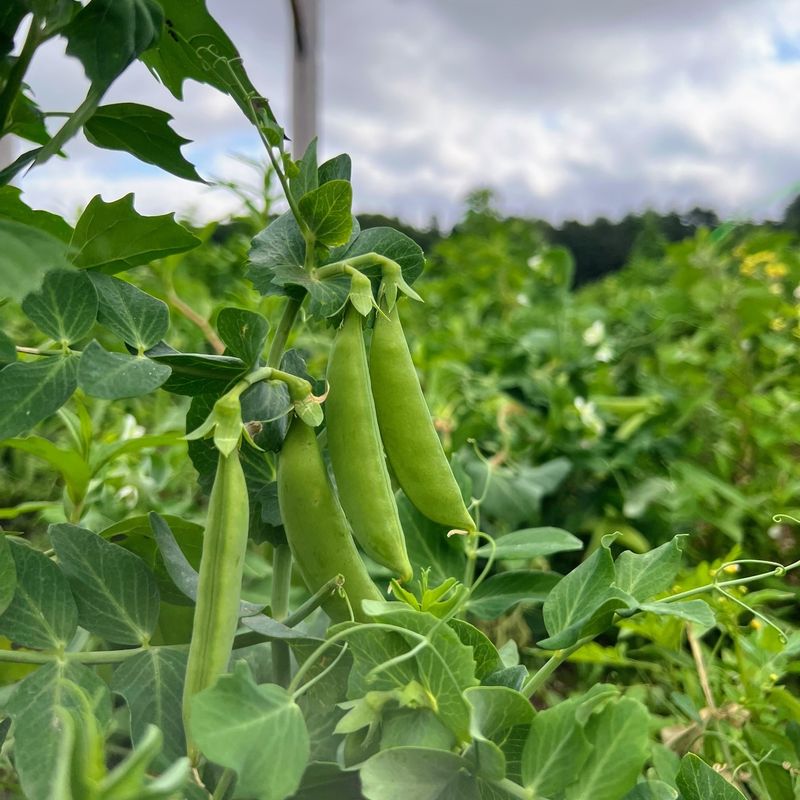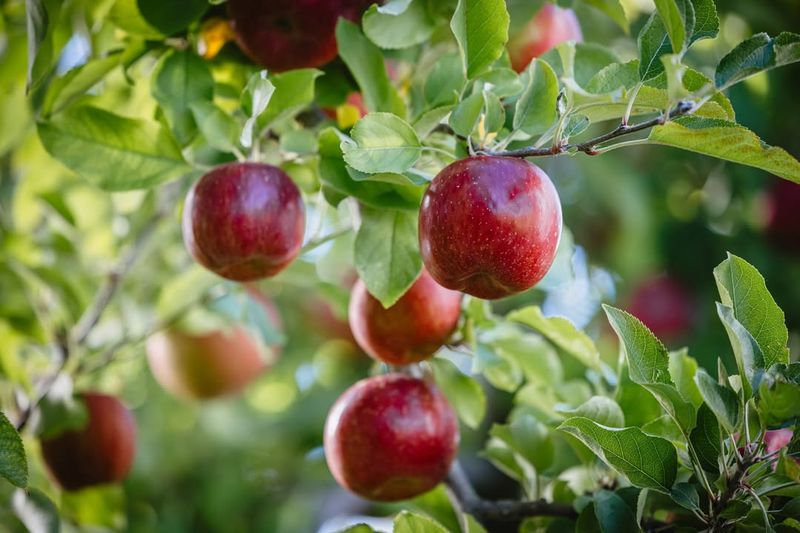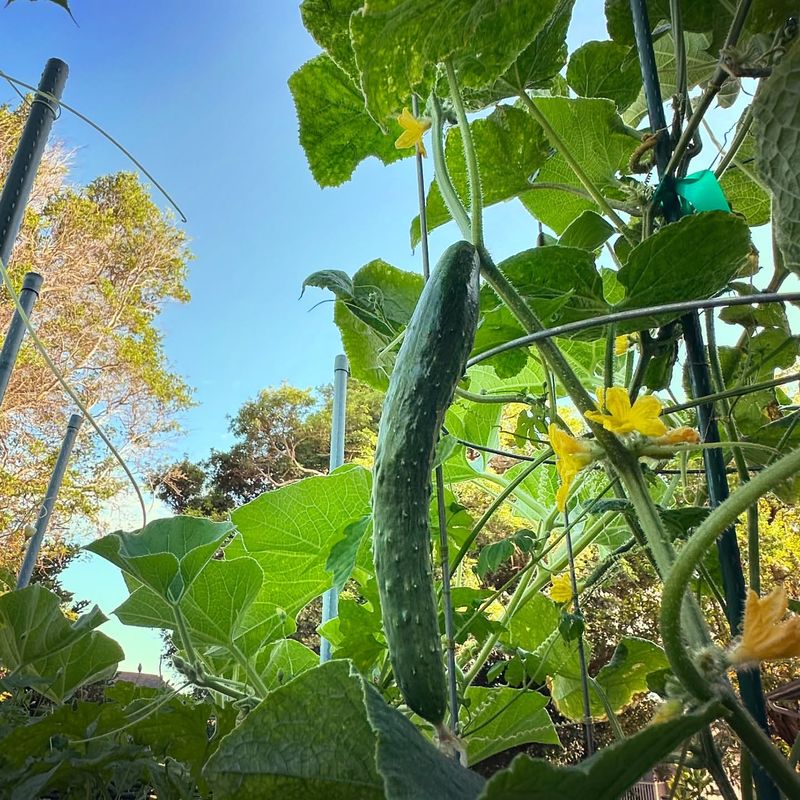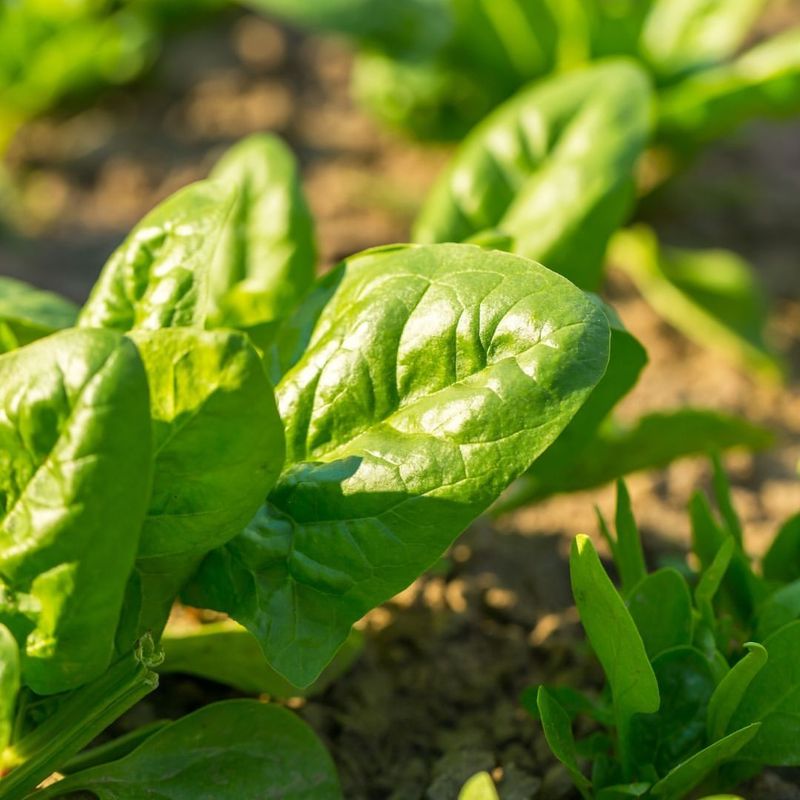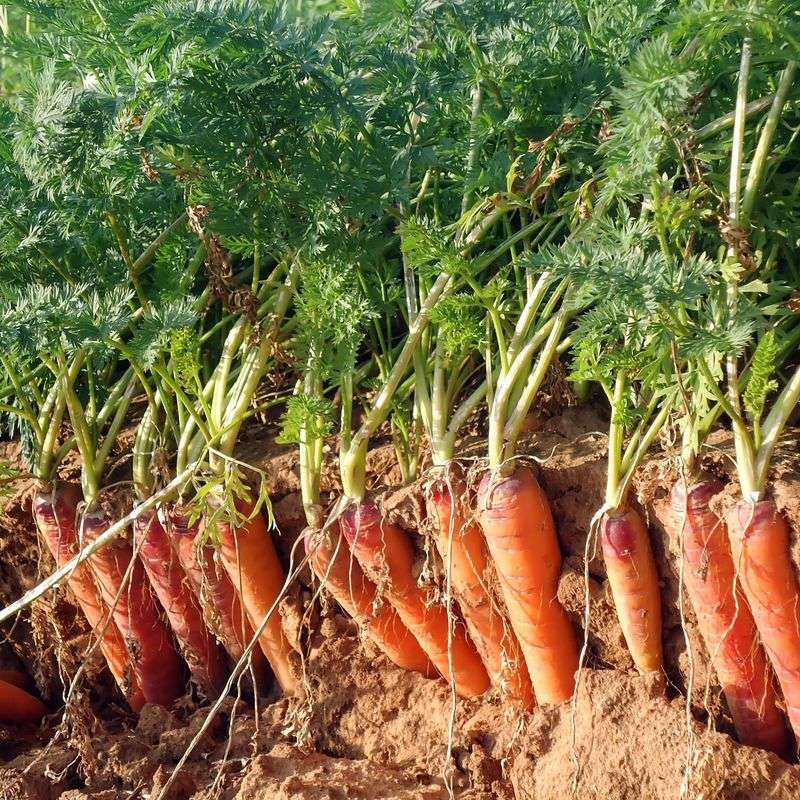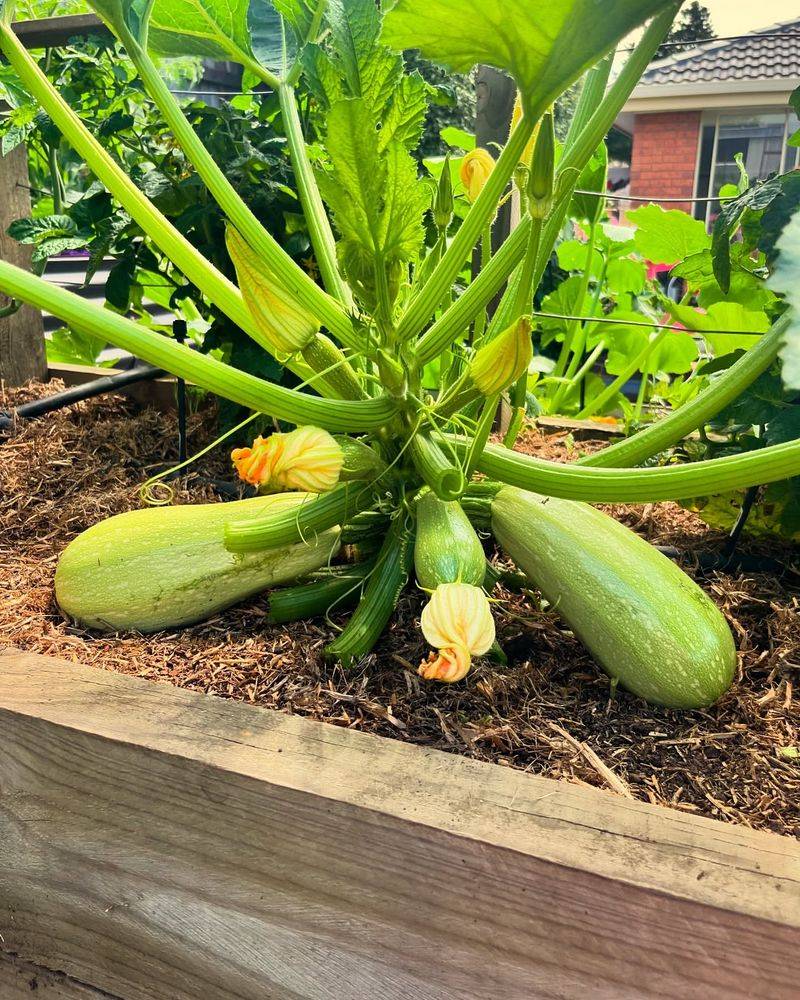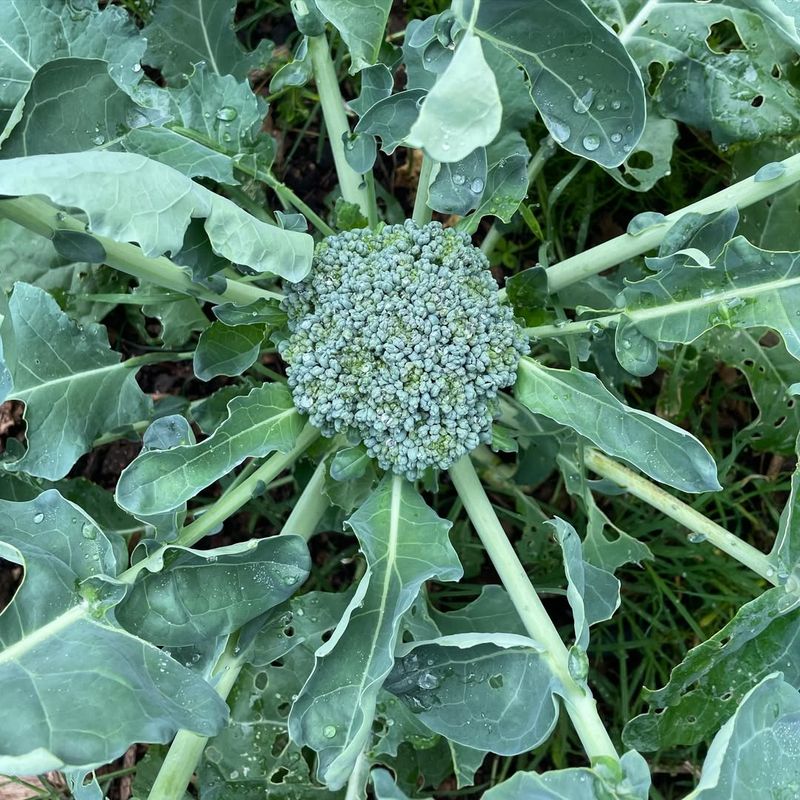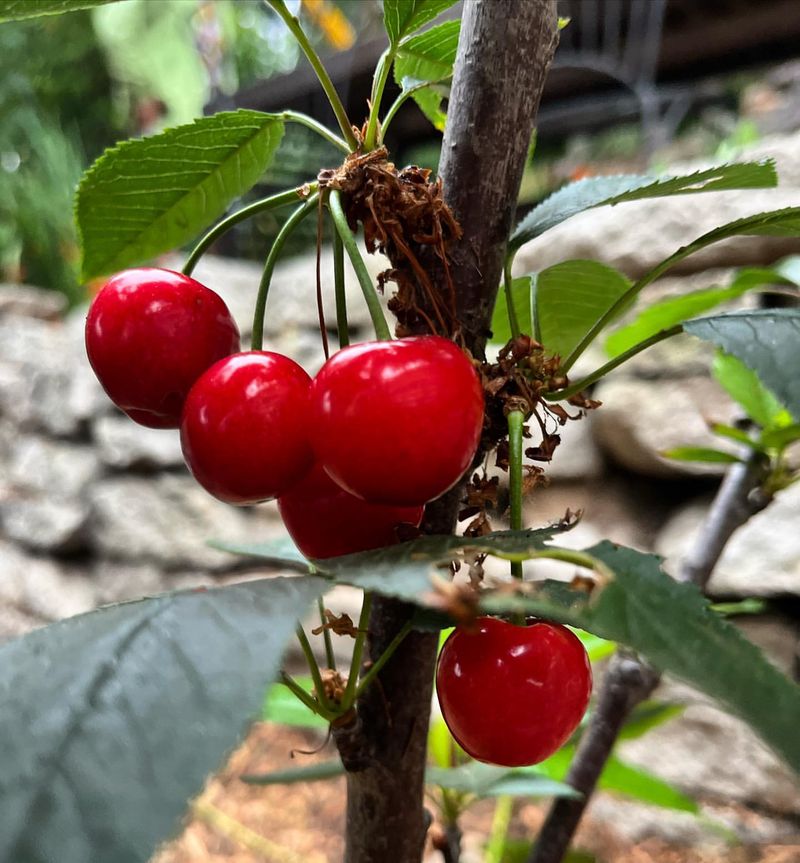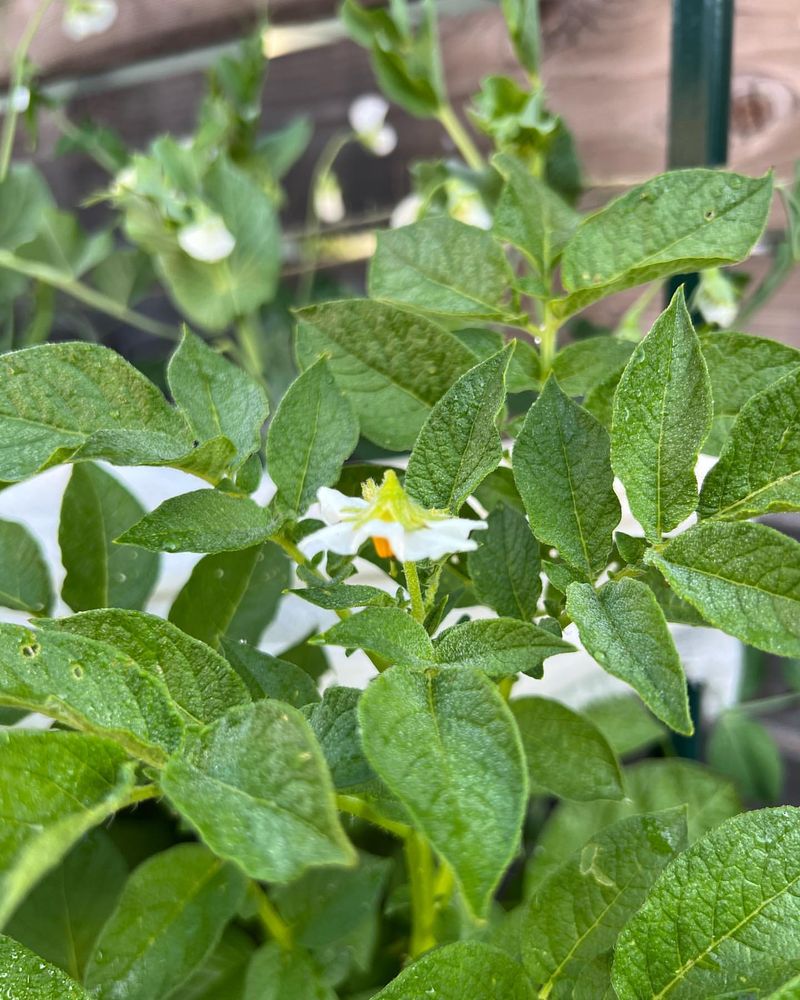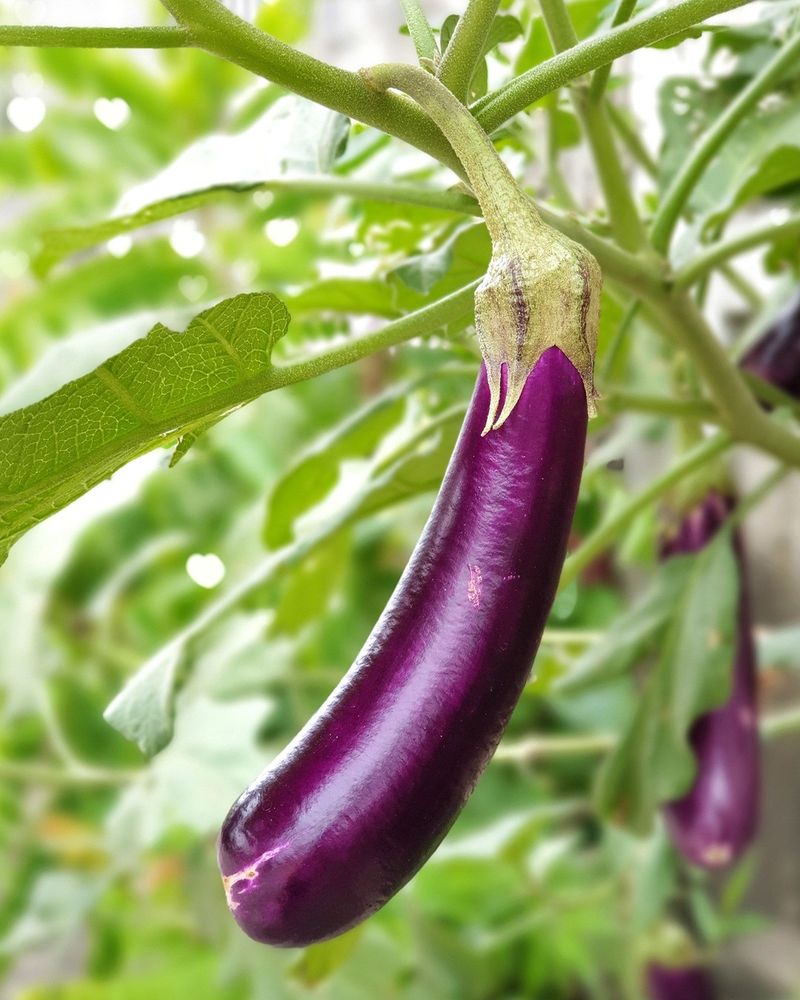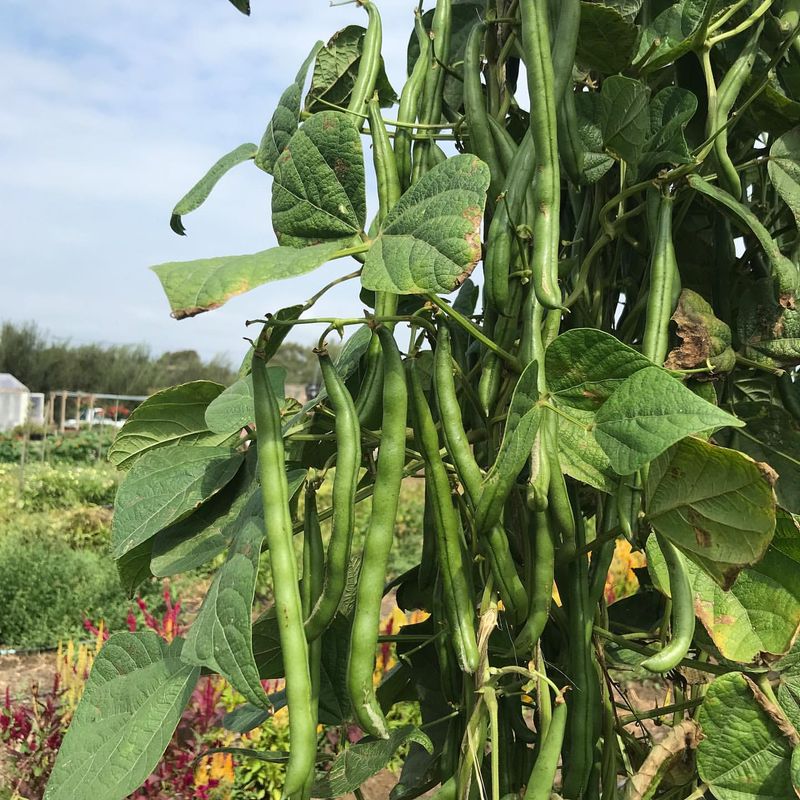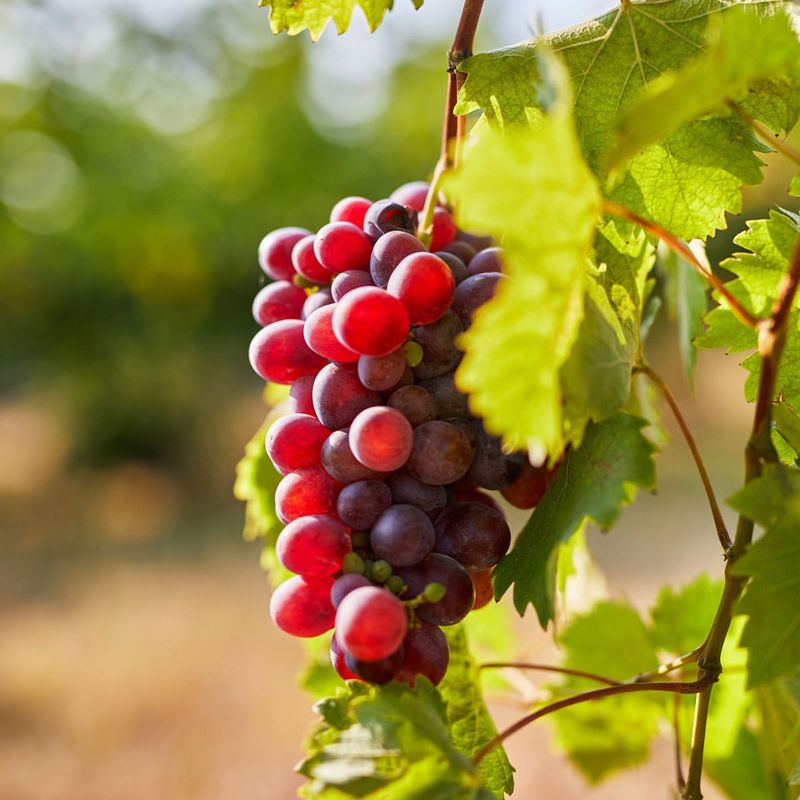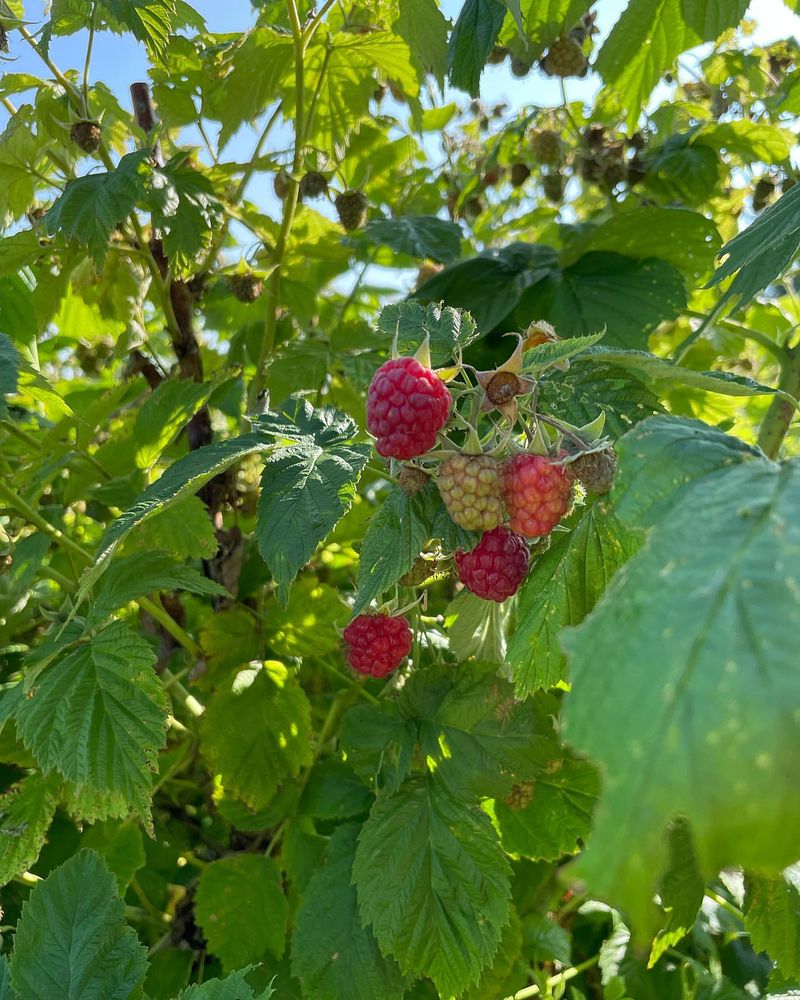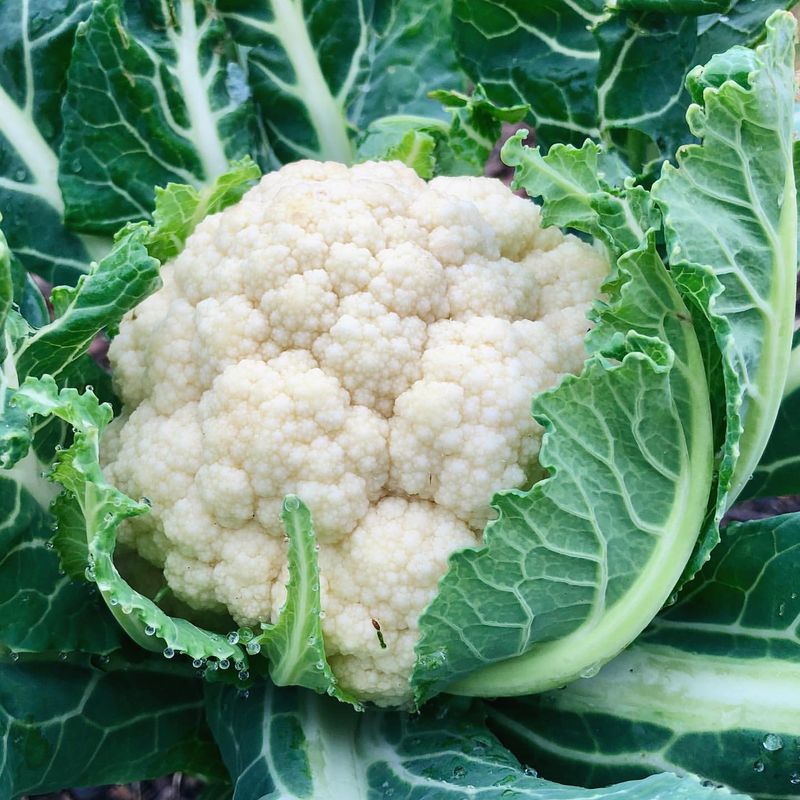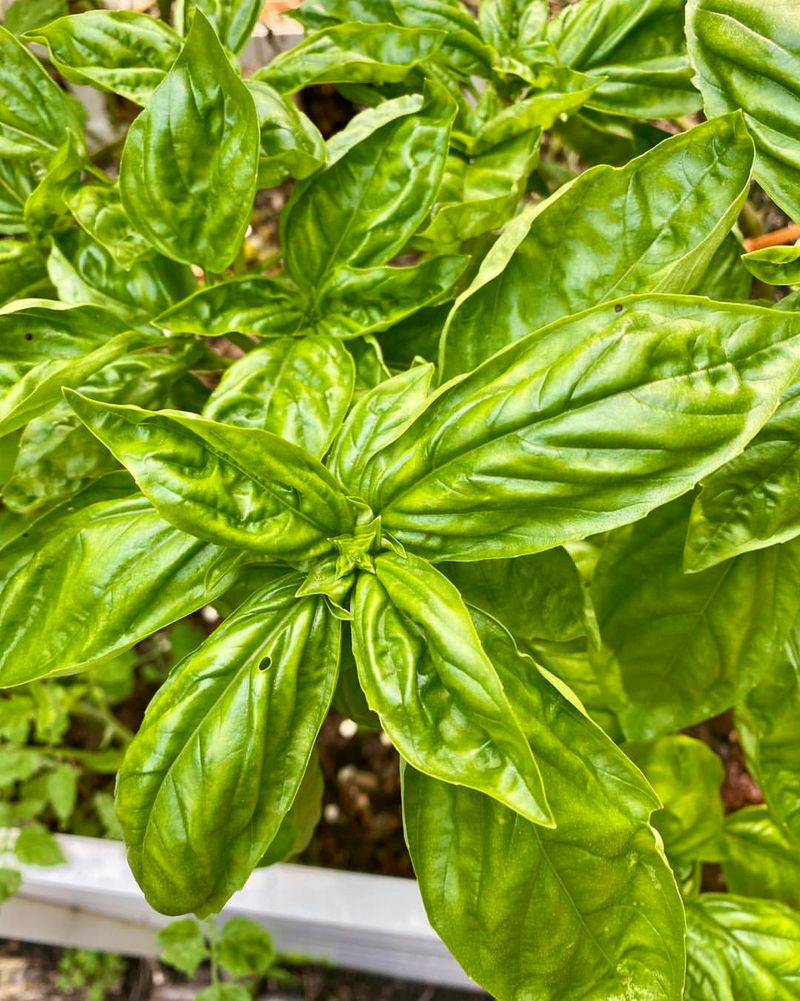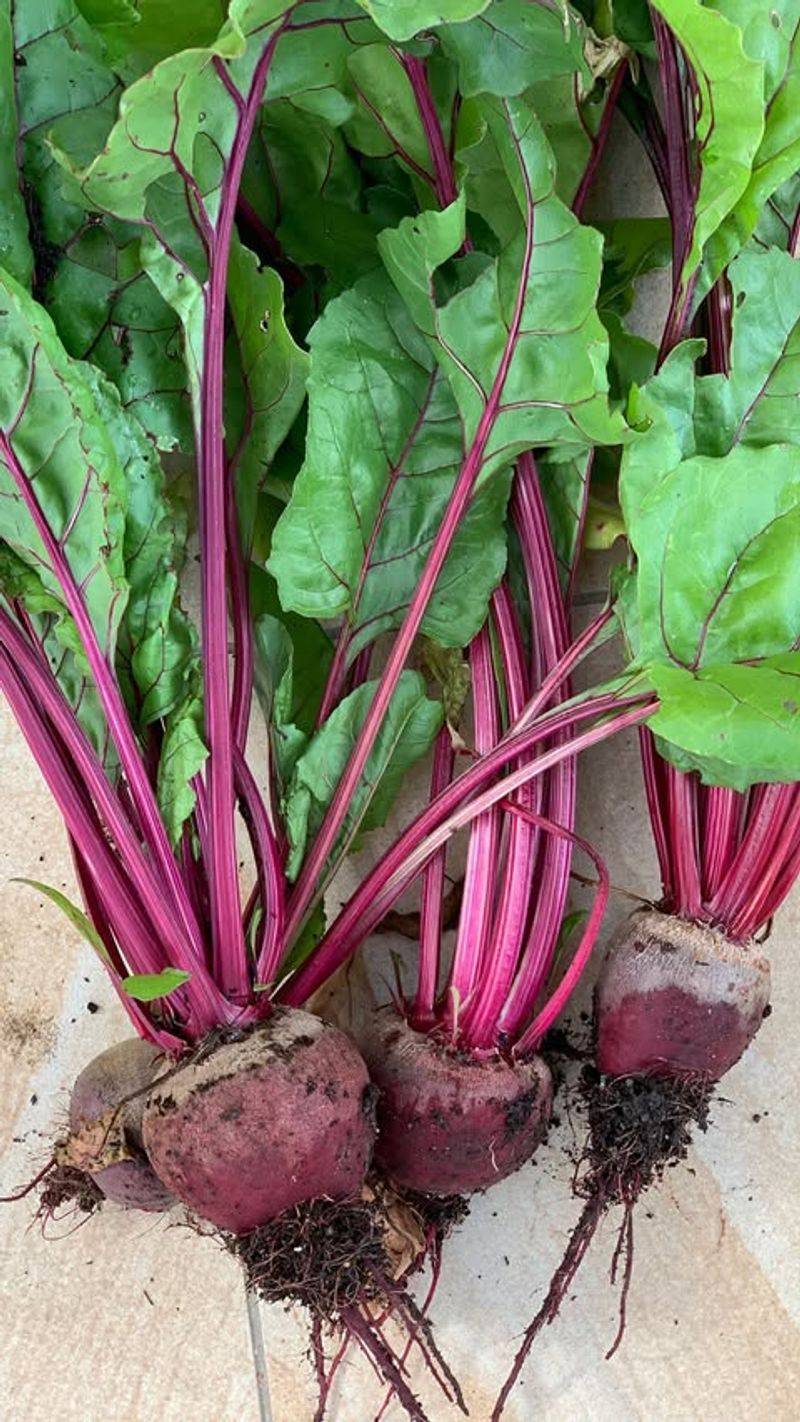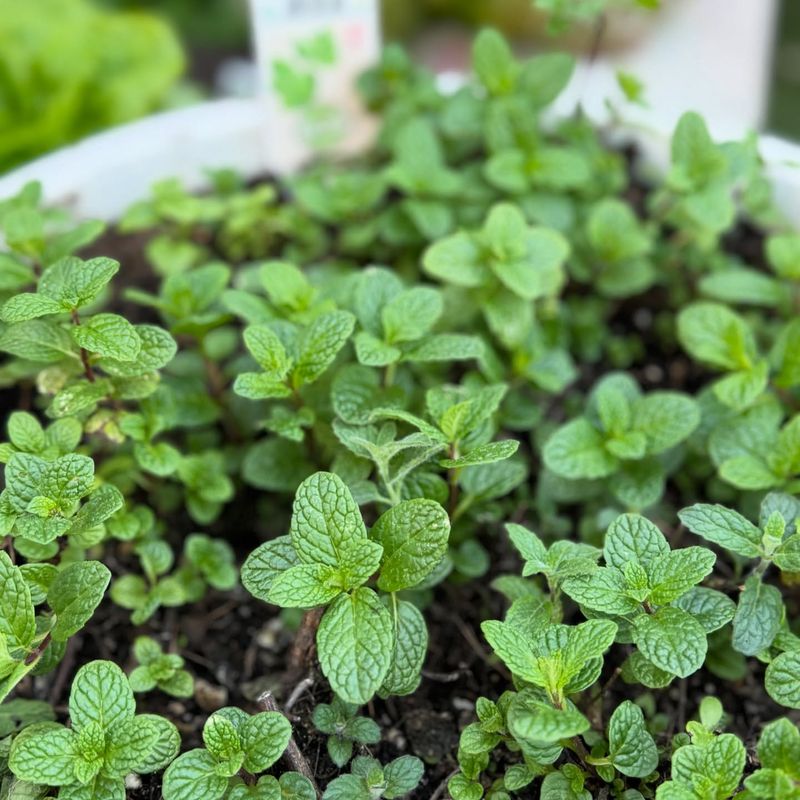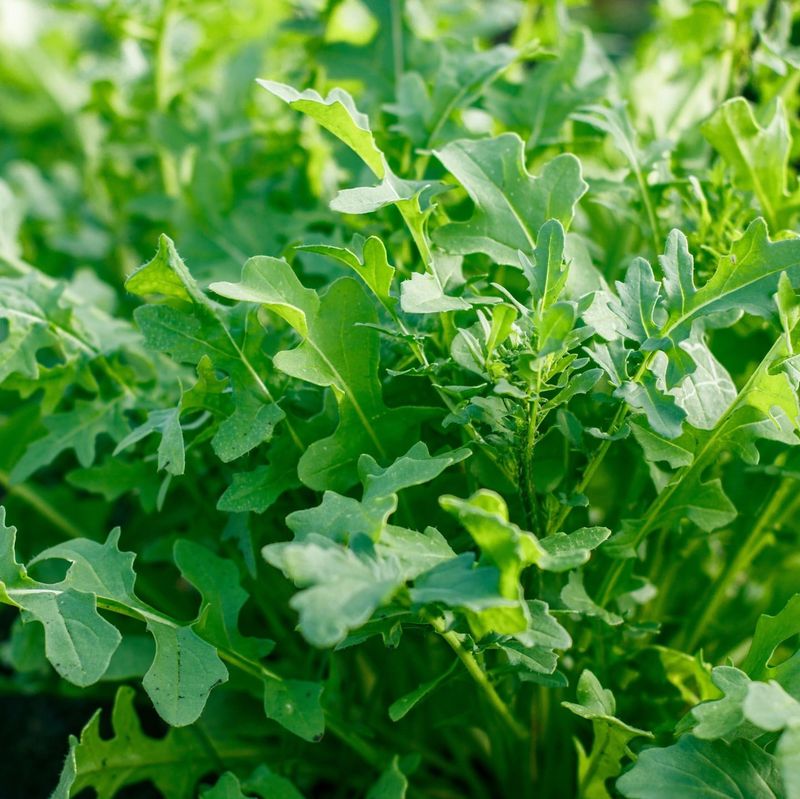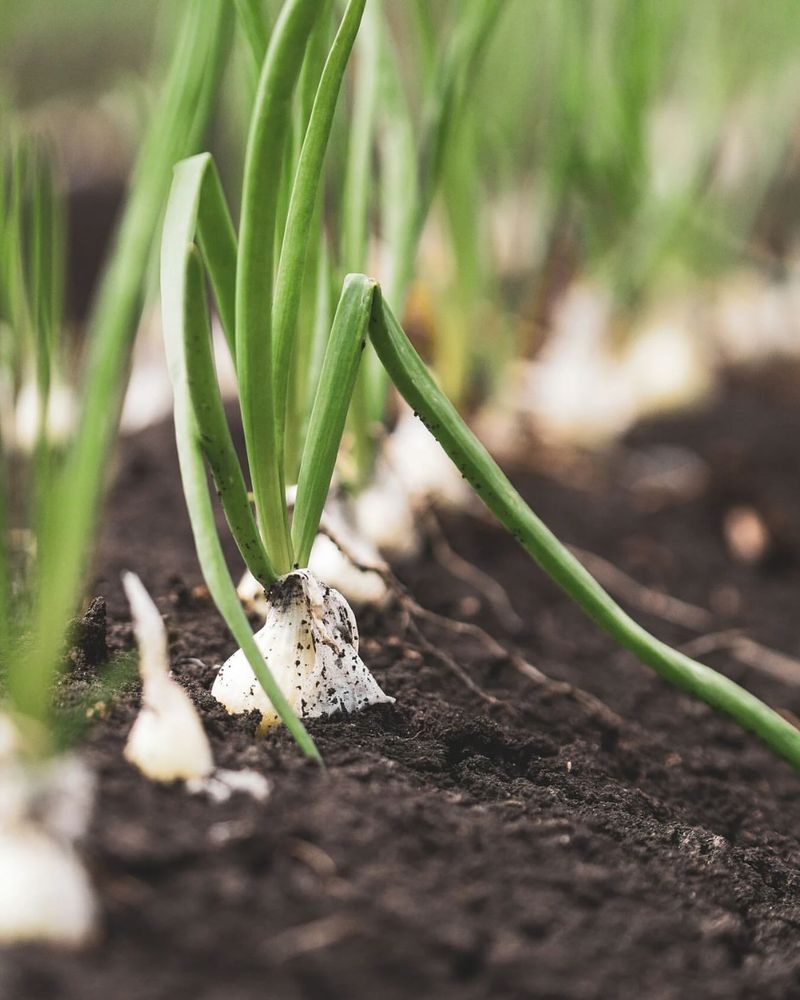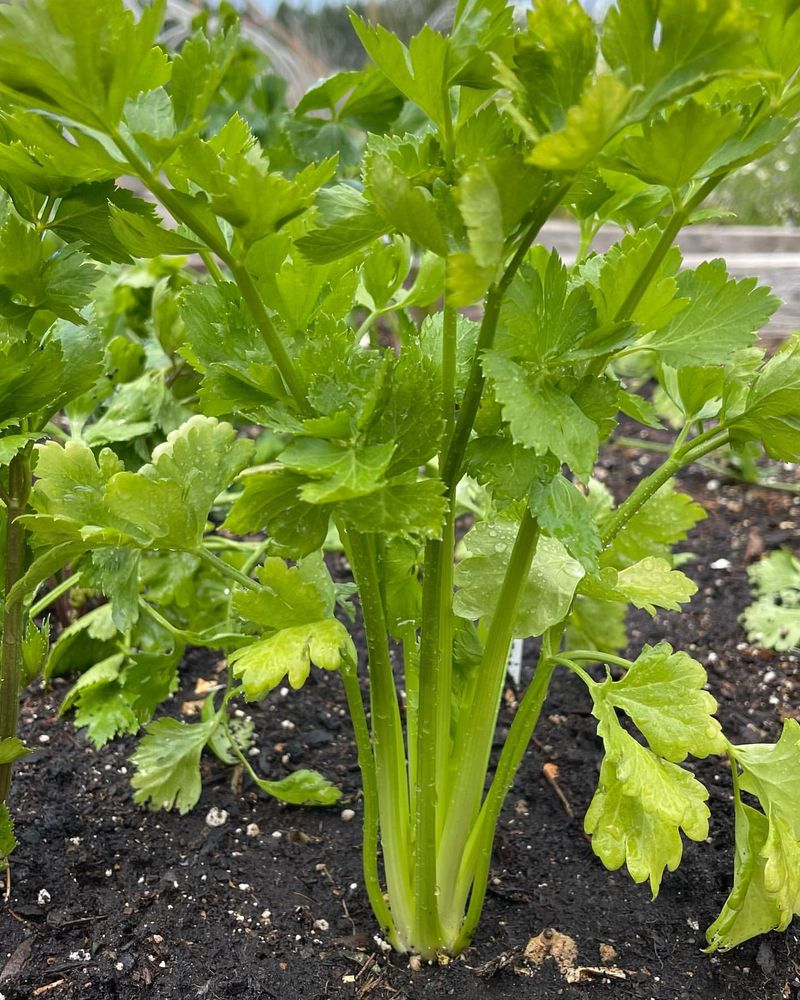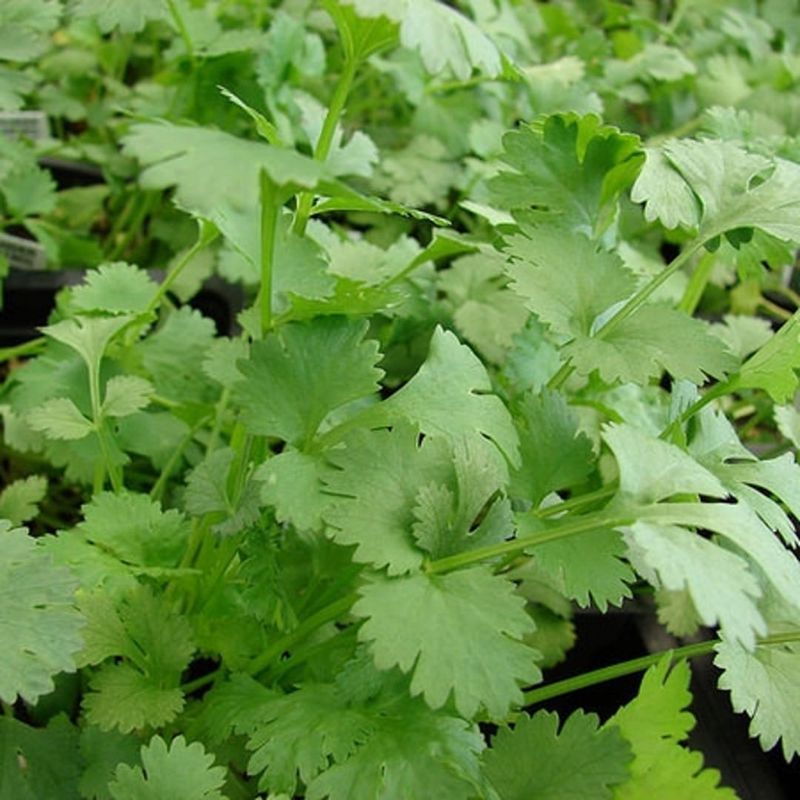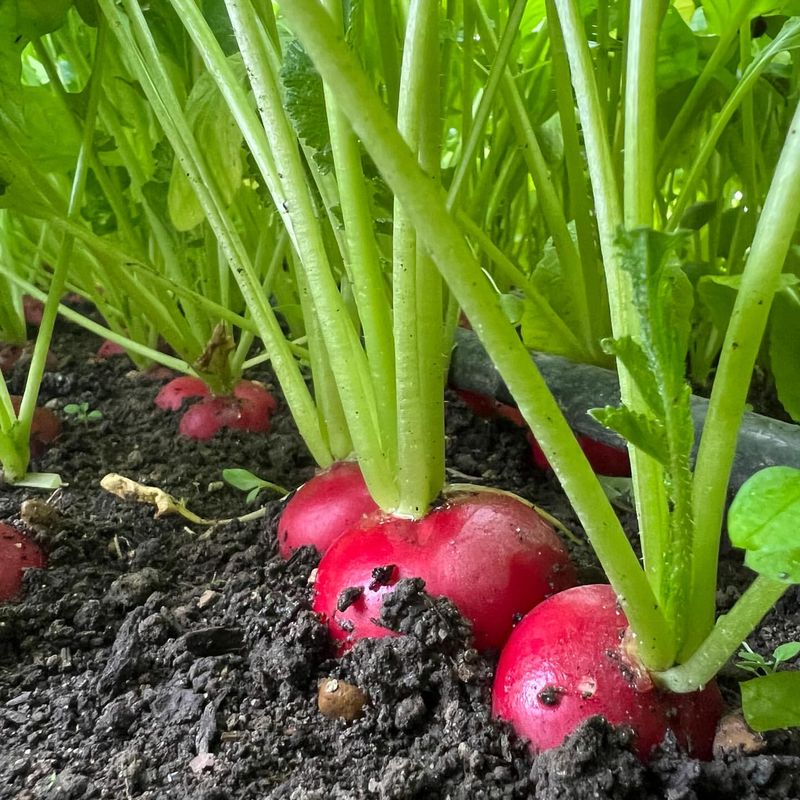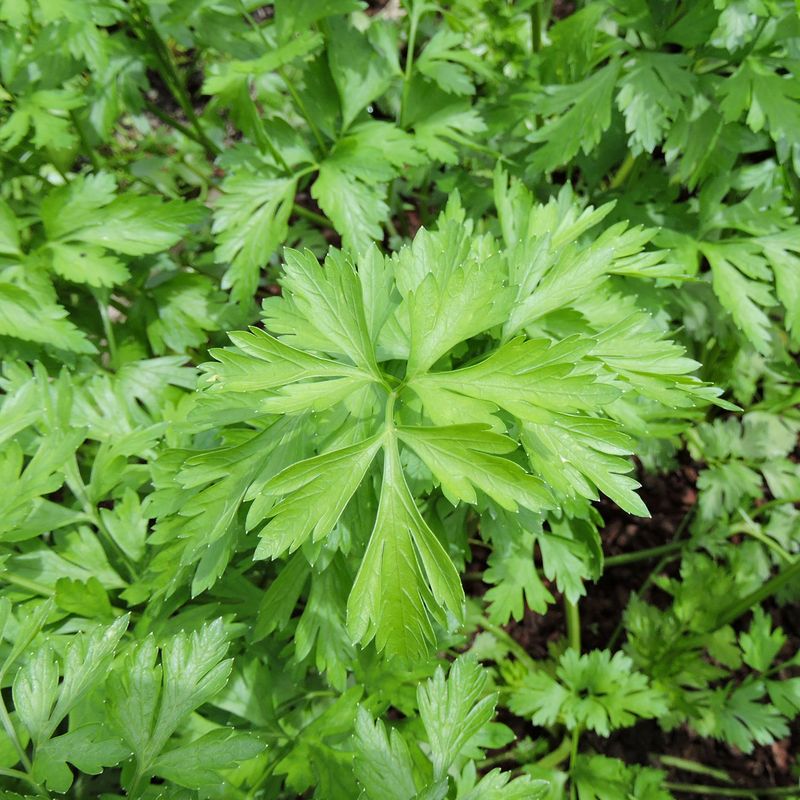Gardening is a delightful hobby, but certain plants can invite unwanted guests into your garden. Knowing which plants attract pests can help gardeners make informed choices and manage their garden effectively.
Here’s a detailed look at 33 common garden plants that tend to attract pests, with tips on how to deal with them.
1. Tomato
Juicy, red, and full of flavor, this fruit is a favorite in many gardens but also attracts aphids. Tomato plants, due to their luscious nature, often become a hotspot for these small, sap-sucking insects.
Aphids are known to weaken the plant by feeding on its juices, leading to curled leaves and stunted growth. To manage aphid infestations, gardeners can introduce ladybugs, which are natural predators of aphids.
Companion planting with herbs like basil can also deter these pests, making tomatoes a less appealing target. Regular monitoring is key for healthy tomato plants.
2. Cabbage
Cultivated for its dense leaf structure, this vegetable often falls prey to the cabbage moth. The lush leaves of cabbage provide an inviting environment for these pests.
Cabbage moths lay eggs on the leaves, leading to caterpillar infestations that can devour entire plants. Using row covers can prevent moths from laying eggs on the cabbage.
Handpicking the caterpillars and maintaining garden hygiene can also help control their population. Regular inspections and employing beneficial insects like parasitic wasps can reduce cabbage moth damage.
3. Rose
Known for their beauty and fragrance, these flowers are not just admired by humans but also by aphids. Roses, with their vibrant blooms, often attract these tiny green insects.
Aphids can cause deformed flowers and stunted growth by sucking out plant nutrients. Introducing beneficial insects like ladybugs can naturally control the aphid population on roses.
Spraying with a mixture of water and dish soap can also be effective. Ensuring proper air circulation and removing affected parts keeps roses healthy and thriving.
4. Corn
This staple crop is loved for its sweet kernels but is also a magnet for corn earworms. Corn plants are particularly vulnerable to these pests that bore into the ears.
The corn earworm can cause significant damage by eating the kernels, affecting both yield and quality. To mitigate this, planting varieties resistant to earworms and using Bt (Bacillus thuringiensis) can help.
Regular monitoring and timely harvesting minimize damage. Encouraging beneficial predators like lacewings can also control earworm populations.
5. Strawberry
Beloved for their sweet, juicy fruit, these plants often attract slugs. Strawberries are particularly at risk during wet and humid conditions, which are ideal for slugs.
Slugs feed on the fruit and leaves, leaving behind silver trails and holes. To combat slugs, use barriers like crushed eggshells or coffee grounds around the plants.
Setting traps and handpicking can help manage their numbers. Encouraging natural predators, such as birds and frogs, also works to keep slug populations in check.
6. Lettuce
A staple in salads, this leafy green attracts aphids like a magnet. Lettuce leaves offer an ideal feeding ground for these pests, which extract plant sap and weaken the plant.
Aphids can stunt lettuce growth and distort leaves if not controlled. Introducing natural predators like ladybugs and lacewings can reduce the aphid population.
Spraying plants with a gentle stream of water can dislodge aphids, keeping lettuce healthy. Companion planting with strong-smelling herbs like chives can also deter aphids.
7. Peas
These climbing plants are cherished for their sweet pods but often fall victim to pea weevils. Peas can attract these pests that feed on the leaves and pods.
Pea weevils lay eggs on the pods, and the larvae can cause significant damage by boring into the peas. Crop rotation and planting resistant varieties can help manage weevil issues.
Using floating row covers and ensuring proper garden sanitation are effective preventive measures. Timely planting and harvesting also minimize weevil damage.
8. Apple
Loved for their crunchy fruit, these trees are a prime target for codling moths. Apple trees often attract these pests, which lay eggs on the fruit.
The codling moth larvae bore into the apples, leading to wormy, unmarketable fruit. Introducing natural predators like birds and using pheromone traps can control moth populations.
Regular pruning and disposing of fallen fruit help reduce infestation risks. Applying horticultural oils can also disrupt the moth’s life cycle, keeping apple trees healthy.
9. Cucumber
Prized for their refreshing crunch, these vines often attract cucumber beetles. Cucumber plants, with their lush leaves, are particularly vulnerable to these pests.
Cucumber beetles can cause both direct damage by feeding on leaves and indirect damage by spreading diseases. Using floating row covers can protect young plants from beetles.
Introducing beneficial nematodes and applying neem oil are effective strategies. Regular crop rotation and removing plant debris prevent beetle infestations.
10. Spinach
This nutritious leafy green often falls victim to leaf miners. Spinach leaves provide an attractive feeding ground for these pests, which create visible trails on the foliage.
Leaf miners can reduce the plant’s photosynthetic ability and overall health. Removing affected leaves promptly and encouraging beneficial insects can help control their population.
Using insecticidal soap and row covers are also effective in managing leaf miners. Regular monitoring ensures spinach remains a healthy part of the garden.
11. Carrot
Valued for their sweet, crunchy roots, these vegetables are often plagued by carrot flies. Carrot plants attract these pests that lay eggs near the roots.
Carrot fly larvae feed on the roots, leading to poor yields and deformed carrots. Using row covers and practicing crop rotation can prevent fly infestations.
Companion planting with onions and chives can also deter carrot flies. Ensuring well-drained soil and removing plant residues keep carrot crops safe.
12. Zucchini
Versatile and easy to grow, these plants often attract squash vine borers. Zucchini plants, with their thick stems, become targets for these pests.
Squash vine borers tunnel into the stems, causing wilting and plant death if not controlled. Injecting Bacillus thuringiensis into the stems can help manage borer populations.
Using floating row covers and planting resistant varieties are effective prevention strategies. Keeping the garden clean and monitoring for early signs ensure healthy zucchini plants.
13. Broccoli
Rich in nutrients and flavor, this vegetable frequently attracts cabbage worms. Broccoli plants, with their dense heads, provide an ideal habitat for these pests.
Cabbage worms can cause significant damage by eating leaves and heads. Handpicking caterpillars and using Bt (Bacillus thuringiensis) are common control methods.
Introducing parasitic wasps can help manage worm populations naturally. Regular inspection and maintaining garden hygiene ensure healthy broccoli growth.
14. Cherry
Known for their sweet and tart fruit, these trees often attract cherry fruit flies. Cherry trees, during the fruiting season, become prime targets for these pests.
Cherry fruit flies lay eggs in the fruit, and the larvae cause damage by feeding inside, making the cherries unmarketable. Using yellow sticky traps and applying insecticides can control fly populations.
Timely harvesting and disposing of infested fruit help minimize damage. Encouraging natural predators like birds also aids in managing cherry fruit flies.
15. Potato
A staple in many diets, these tubers often fall prey to Colorado potato beetles. Potato plants, with their lush foliage, attract these voracious pests.
Colorado potato beetles feed on leaves, reducing plant vigor and yields. Handpicking beetles and using neem oil are effective control strategies.
Rotating crops and planting resistant varieties can help manage beetle problems. Introducing beneficial insects like ladybugs also keeps potato plants healthy.
16. Eggplant
Prized for their unique texture and taste, these plants often attract flea beetles. Eggplant foliage provides a tempting target for these small, jumping insects.
Flea beetles create small holes in leaves, affecting plant growth and fruit production. Using row covers and applying diatomaceous earth can deter these pests.
Introducing beneficial nematodes and planting trap crops are effective strategies. Regular monitoring and maintaining garden hygiene ensure eggplant health.
17. Squash
Loved for their versatility, these plants often attract squash bugs. Squash plants, with their broad leaves, provide an ideal environment for these pests.
Squash bugs suck sap from the leaves, causing wilting and potentially killing the plant. Handpicking bugs and using neem oil are common management techniques.
Planting resistant varieties and removing plant debris help reduce squash bug populations. Regular inspections and encouraging beneficial insects keep squash plants thriving.
18. Pepper
Valued for their vibrant fruits, these plants often attract aphids and whiteflies. Pepper plants become a hotspot for these small, sap-sucking pests.
Aphids and whiteflies can weaken peppers by extracting plant juices, leading to stunted growth. Introducing beneficial insects like ladybugs and lacewings can control these pest populations.
Using insecticidal soap and ensuring proper air circulation are effective strategies. Companion planting with strong-smelling herbs can also deter these pests.
19. Beans
Cherished for their protein-rich pods, these plants frequently attract bean beetles. Bean plants are susceptible to these pests that feed on leaves and pods.
Bean beetles can cause significant damage by skeletonizing leaves and reducing yields. Handpicking beetles and using insecticidal soap are effective control methods.
Planting resistant varieties and maintaining garden sanitation help manage beetle populations. Regular inspections ensure healthy bean growth.
20. Grape
Renowned for their juicy fruits, these vines often attract grape leafhoppers. Grape vines provide a suitable habitat for these small, sap-sucking insects.
Grape leafhoppers can cause speckling on leaves and reduce photosynthesis, affecting fruit production. Introducing natural predators like ladybugs can help control their population.
Using insecticidal soap and maintaining good air circulation are effective strategies. Regular pruning and removing infested leaves ensure healthy grapevine growth.
21. Raspberry
Loved for their tart flavor, these bushes often attract raspberry beetles. Raspberry plants become prime targets for these pests during fruiting season.
Raspberry beetles lay eggs on the fruit, and the larvae cause damage by feeding inside. Using insecticidal soap and applying neem oil can control beetle populations.
Timely harvesting and removing infested fruit help minimize damage. Encouraging natural predators like birds also aids in managing raspberry beetles.
22. Cauliflower
Praised for its culinary versatility, this vegetable often attracts cabbage worms. Cauliflower plants, with their thick heads, become havens for these pests.
Cabbage worms can cause severe damage by eating leaves and heads. Handpicking caterpillars and using Bt (Bacillus thuringiensis) are standard control methods.
Introducing parasitic wasps can help manage worm populations naturally. Regular inspections and maintaining garden hygiene ensure healthy cauliflower growth.
23. Basil
Celebrated for its aromatic leaves, this herb often attracts Japanese beetles. Basil plants provide a tempting feeding ground for these metallic pests.
Japanese beetles can cause significant damage by skeletonizing leaves. Handpicking beetles and using neem oil are effective control strategies.
Planting resistant varieties and maintaining garden sanitation help manage beetle populations. Regular monitoring ensures healthy basil growth.
24. Sunflower
Admired for their cheerful blooms, these plants often attract sunflower moths. Sunflowers become prime targets for these pests during blooming season.
Sunflower moths lay eggs on the flowers, and the larvae feed on seeds, affecting yield. Using insecticidal soap and applying Bacillus thuringiensis can control moth populations.
Regular inspections and timely harvesting help minimize damage. Encouraging natural predators like birds also aids in managing sunflower moths.
25. Brussels Sprouts
Known for their unique flavor, these vegetables often attract cabbage loopers. Brussels sprout plants become ideal habitats for these green caterpillars.
Cabbage loopers can cause significant damage by feeding on leaves and sprouts. Handpicking loopers and using Bt (Bacillus thuringiensis) are common control methods.
Introducing parasitic wasps can help manage looper populations naturally. Regular inspections and maintaining garden hygiene ensure healthy Brussels sprout growth.
26. Beetroot
Valued for their earthy flavor, these plants often attract leaf miners. Beetroot leaves provide an inviting feeding ground for these pests.
Leaf miners can reduce photosynthesis and overall plant health by creating trails on the foliage. Removing affected leaves promptly and using insecticidal soap can help control their population.
Introducing beneficial insects and ensuring proper garden sanitation are effective strategies to maintain healthy beetroot growth.
27. Mint
Renowned for its refreshing aroma, this herb often attracts spider mites. Mint plants provide a suitable habitat for these tiny, sap-sucking pests.
Spider mites can weaken plants by extracting plant juices, leading to discolored and dropping leaves. Introducing natural predators like ladybugs and using insecticidal soap can control mite populations.
Ensuring proper air circulation and regular watering prevent spider mite infestations. Companion planting with strong-smelling herbs also deters these pests.
28. Arugula
Celebrated for its peppery flavor, this leafy green often attracts flea beetles. Arugula leaves provide a tempting target for these small, jumping insects.
Flea beetles create small holes in leaves, affecting plant growth and yield. Using row covers and applying diatomaceous earth can deter these pests.
Introducing beneficial nematodes and maintaining garden hygiene ensure healthy arugula plants. Regular monitoring and timely interventions keep flea beetle populations in check.
29. Onion
Essential in various cuisines, these plants often attract onion maggots. Onion plants become prime targets for these pests, particularly in damp conditions.
Onion maggots feed on the bulbs, reducing yields and causing rot. Using row covers and practicing crop rotation can prevent maggot infestations.
Companion planting with strong-smelling herbs like mint can also deter onion maggots. Ensuring well-drained soil and removing plant residues keep onions healthy.
30. Celery
Known for its crisp stalks, this vegetable often attracts carrot flies. Celery plants attract these pests that lay eggs near the stalks.
Carrot fly larvae feed on the roots, leading to poor growth and unmarketable produce. Using row covers and practicing crop rotation can prevent fly infestations.
Companion planting with onions and chives can also deter carrot flies. Ensuring well-drained soil and removing plant residues keep celery crops safe.
31. Cilantro
Loved for its distinctive flavor, this herb often attracts aphids. Cilantro leaves provide an ideal feeding ground for these sap-sucking pests.
Aphids can stunt cilantro growth and distort leaves if not controlled. Introducing natural predators like ladybugs and using insecticidal soap can reduce the aphid population.
Ensuring proper air circulation and companion planting with strong-smelling herbs can deter aphids. Regular monitoring helps maintain healthy cilantro growth.
32. Radish
Valued for their spicy roots, these plants often attract root maggots. Radish plants become prime targets for these pests, especially in damp conditions.
Root maggots feed on the roots, causing damage that affects growth and yield. Using row covers and practicing crop rotation can prevent maggot infestations.
Companion planting with strong-smelling herbs like mint can also deter root maggots. Ensuring well-drained soil and removing plant residues keep radish crops healthy.
33. Parsley
Renowned for its culinary uses, this herb often attracts black swallowtail caterpillars. Parsley plants provide an ideal habitat for these strikingly patterned insects.
Black swallowtail caterpillars feed on the leaves, reducing the plant’s vigor. Handpicking caterpillars and encouraging natural predators can help control their population.
Companion planting with other herbs that caterpillars find less appealing ensures healthy parsley growth. Regular monitoring and timely interventions maintain the herb’s vitality.

